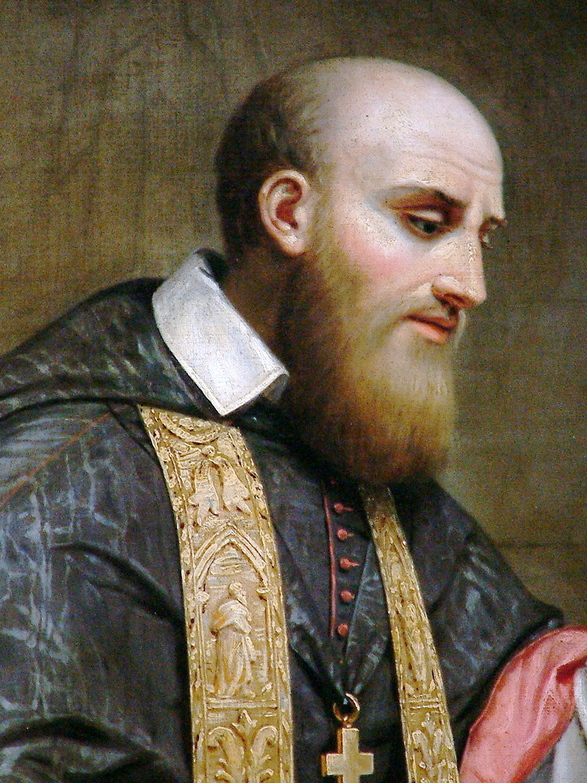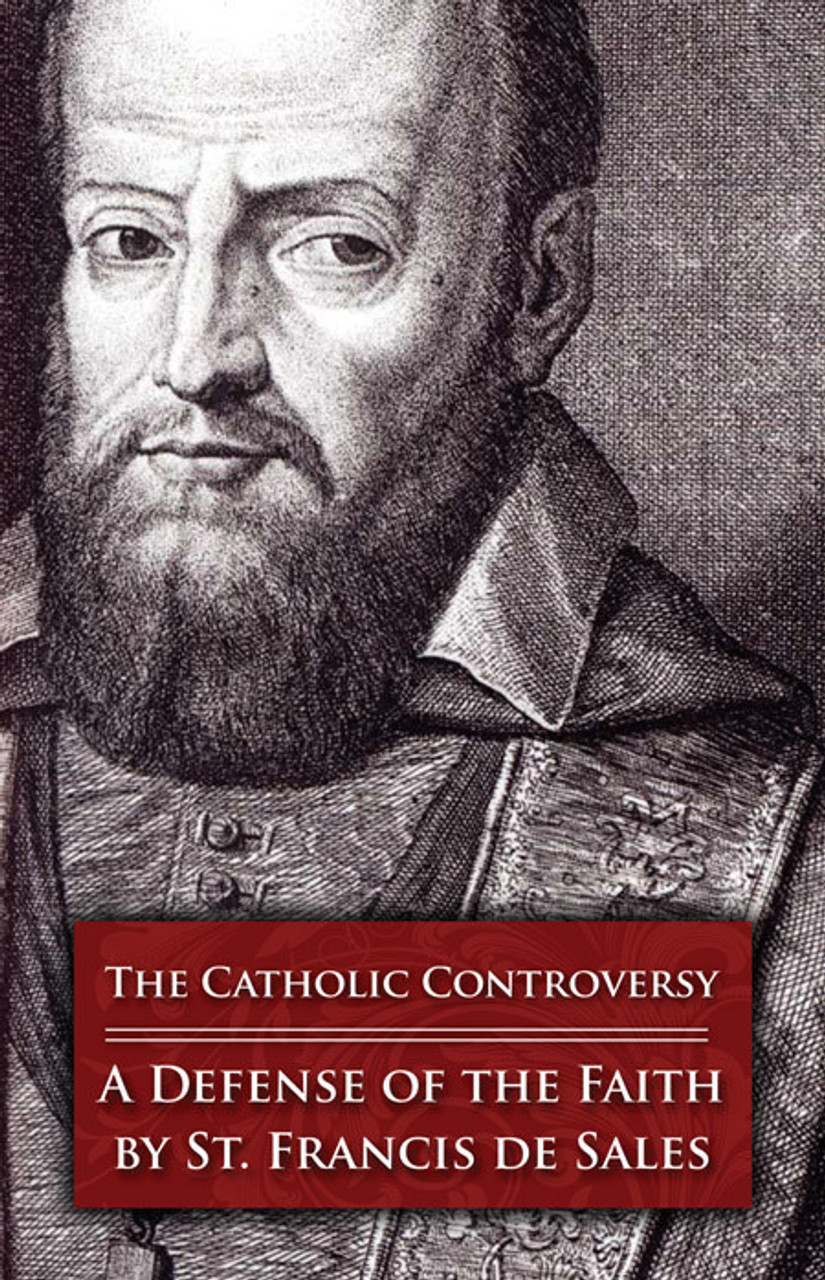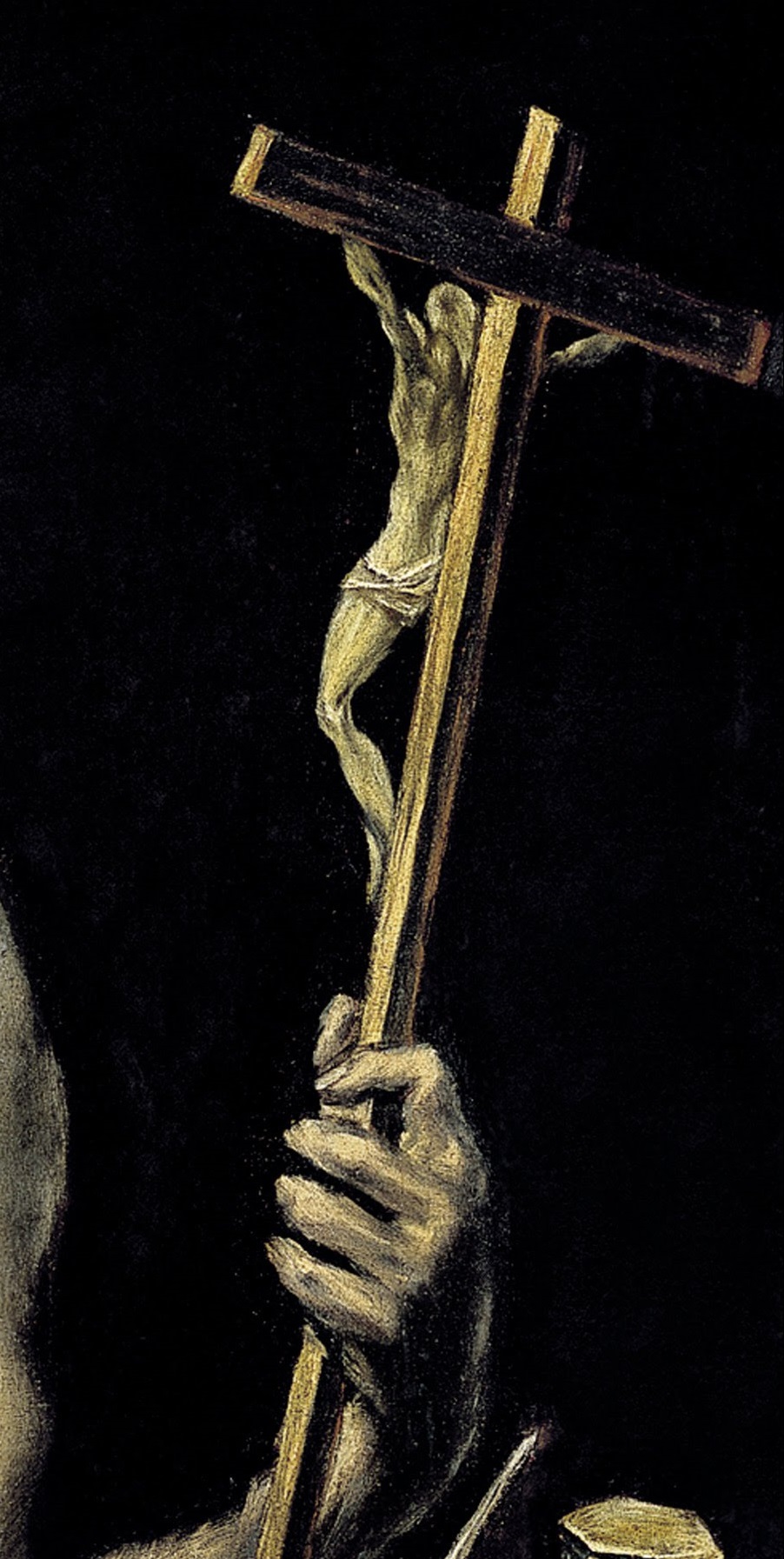What marks does the true Church have? St. Francis de Sales explains how the Church is ancient and universal, and why this is necessary.
The Church to be Catholic must be universal in time, and to be universal in time it must be ancient; antiquity then is a property of the Church. And in relation to heresies it must be more ancient than any of them, and must precede all, because, as Tertullian excellently says, “Error is a corruption of truth, truth then must precede.”
The good seed is sown first, the enemy who oversows cockle comes afterward. Moses was before Abiron, Dathan and Core, the Angels were before the devils, Lucifer stood in the light before he fell into the eternal darkness; the privation must follow the form. S. John says of heretics (1 Ep. ii. 19), They went out from us; they were then within before they went out, the going out is heresy, the being within is fidelity, the Church then precedes heresy.
So the coat of Our Lord was whole before it was divided. And although Ismael was before Isaac, that does not signify that error was before truth, but that the true shadow, Judaism, was before the body, Christianity, as S. Paul says (Gal. iv).
Tell us now, I pray you, quote the time and the place when and where our Church first appeared after the Gospel, the author and doctor who called it together. I will use the very words of a doctor and martyr of our age, and they are worthy of close attention.
“You own to us, and would not dare to do otherwise, that for a time the Roman Church was holy, Catholic, Apostolic. Certainly then, when it deserved those holy praises of the Apostle (Rom. i. xv. xvi): Your faith is spoken of in the whole world. . . . I make a commemoration of you always. . . . I know that when I come to you I shall come in the abundance of the blessing of the gospel of Christ. . . . All the Churches of Christ salute you. . . . For your obedience is published in every place; then, when S. Paul, in prison free, sowed the Gospel; when S. Peter was governing the Church assembled in Babylon; when Clement, so highly praised by the Apostle, was stationed at the rudder; when the profane Cæsars, like Nero, Domitian, Trajan, Antoninus, were massacring the Bishops of Rome; yea and then also when Damasus, Siricius, Anastasius, and Innocent were holding the Apostolic helm: this on the testimony of Calvin himself, for he freely confesses that at that time they had not yet strayed from the Evangelic doctrine. Well then, when was it that Rome lost this widely renowned faith? When did it cease to be what it had been?—at what time?—under what bishop?—by what means?—by what force?—by what steps did the strange religion take possession of the City and of the whole world?—what protest, what troubles, what lamentations did it evoke? How!—was everybody asleep throughout the whole world, while Rome, Rome I say, was forging new Sacraments, new Sacrifices, and new doctrines? Is there not to be found one single historian, either Greek or Latin, friend or stranger, to publish or leave behind some traces of his commentaries and memoirs on so great a matter?”
And, in good truth, it would be a strange hap if historians, who have been so curious to note the most trifling changes in cities and peoples had forgotten the most noteworthy of all those which can occur, that is, the change of religion in the most important city and province of the world, which are Rome and Italy.
I ask you, gentlemen, whether you know when our Church began the pretended error. Tell us frankly, for it is certain that, as S. Jerome says, “to have reduced heresy to its origin is to have refuted it.” Let us trace back the course of history up to the foot of the Cross; let us look on this side and on that, we shall never see that this Catholic Church has at any time changed its aspect—it is ever itself, in doctrine and in Sacraments.
We have no need against you, on this important point, of other witnesses than the eyes of our fathers and grandfathers to say when your pretended Church began. In the year 1517 Luther commenced his tragedy. in ’34 and ’35 they composed an act in these parts; Zwingle and Calvin were the chief players in it. Would you have me detail by list with what fortune and deeds, by what force and violence, this reformation gained possession of Berne, Geneva, Lausanne and other towns—what troubles and woes it brought forth? You will not find pleasure in this account; we see it, we feel it.
In a word, your Church is not yet 80 years old; its author is Calvin, its result the misery of our age. Or if you would make it older, tell us where it was before that time. Beware of saying that it existed but was invisible, for if it were not seen who can say that it existed? Besides, Luther contradicts you, who confesses that in the beginning he was quite alone.
Now, if Tertullian already in his time bears witness that Catholics refuted the errors of heretics by their posteriority and novelty, when the Church was only in her youth—“We are wont,” says he, “to prescribe against heretics, for brevity’s sake, on the argument of posteriority”—how much more right have we now? And if one of the Churches must be the true, this title falls to ours which is most ancient and to your novelty the infamous name of heresy.
ooo
This article is taken from a chapter in The Catholic Controversy by St. Francis de Sales which is available from TAN Books.









